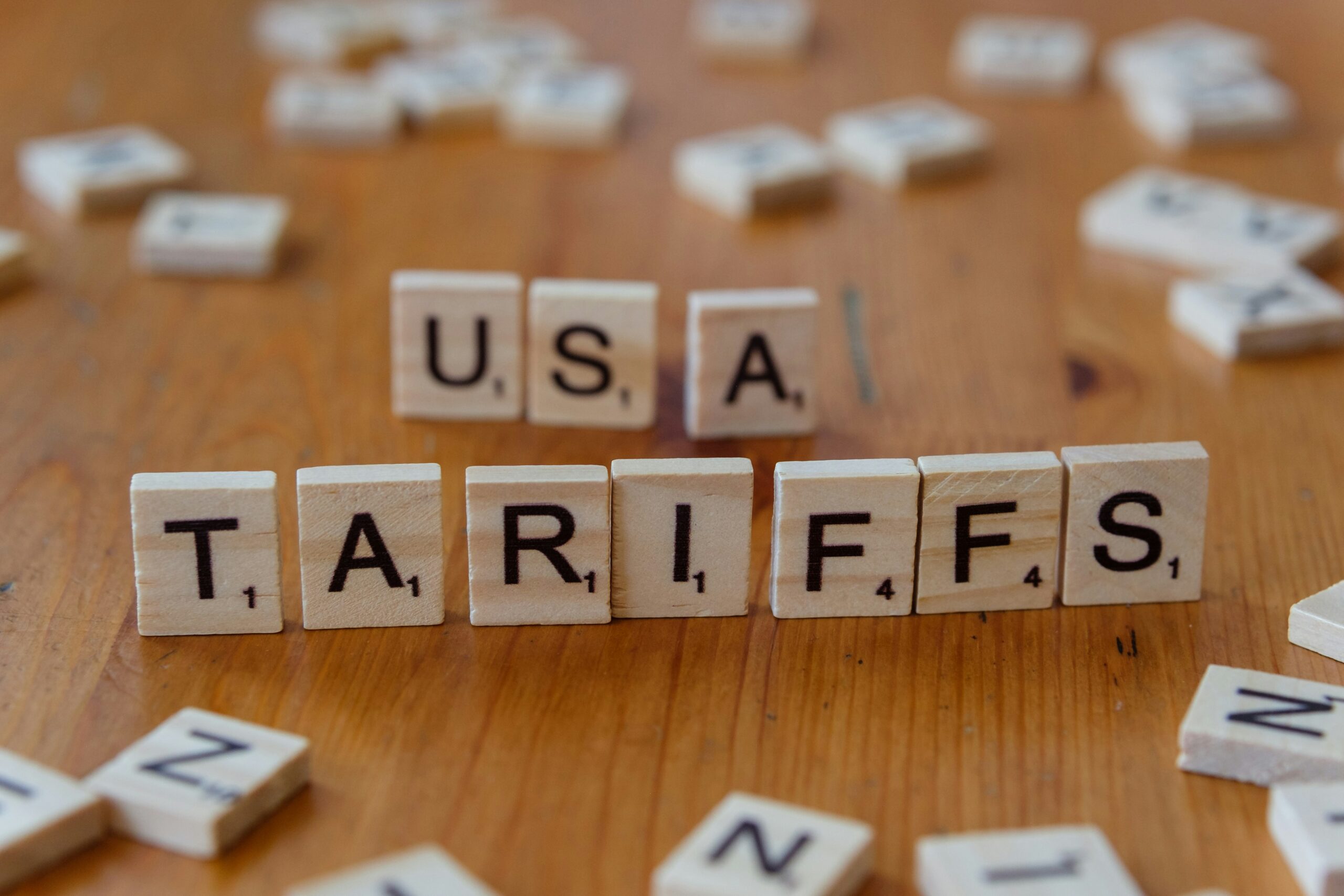 Even before 'Liberation Day,' tariff pressure was reshaping the global economy...
Even before 'Liberation Day,' tariff pressure was reshaping the global economy...
Last month, the Organization for Economic Cooperation and Development ("OECD") issued sweeping downgrades to its economic forecasts. These downgrades were, in part, a reaction to a renewed wave of global protectionist trade policies.
The Biden-Trump transition brought tariffs back to the center of economic debate. Everything from steel and aluminum to cars and semiconductors was in the crosshairs.
Now, that OECD report came out in mid-March. A lot has changed since then... particularly in the past week or so, as the market digests the fast-moving Liberation Day announcements.
But many of the tariffs already imposed are starting to bite.
As companies wrestle with rising costs and shifting supply chains, they're delaying investment decisions. Capital is moving more cautiously. And so are policymakers.
There's no denying that we're looking at a slowdown. But as we'll show you, Liberation Day or not... it doesn't point to a collapse.
 Slower growth projections won't stop corporate performance...
Slower growth projections won't stop corporate performance...
As of March, the OECD expects global GDP to rise just 3% in 2026. That's a notable step down from its December projection of 3.3%.
Meanwhile, it projects the U.S. economy will slow from 2.2% real GDP growth this year to 1.6% in 2026. That would be the weakest pace since the COVID-19 slump five years ago.
Several G20 members are facing even steeper revisions. The OECD cut Canada's expected growth by more than half. It said Mexico could enter a full contraction.
And it reported that much of Europe would remain subdued as uncertainty drained momentum from corporate spending and consumer demand.
Inflation isn't getting any better, either. Price pressures remain sticky across much of the developed world.
The OECD now expects U.S. inflation to remain above the Federal Reserve's 2% target through 2026. Its outlook is even worse for countries like Canada, Mexico, and Japan.
And that makes it harder for central banks to respond with stimulus. Rate cuts are likely to be slower and shallower than markets once hoped.
 But despite all the negativity, the corporate picture looks surprisingly steady...
But despite all the negativity, the corporate picture looks surprisingly steady...
The earnings recovery from the 2022 to 2023 tightening cycle is gaining momentum.
Wall Street still believes S&P 500 earnings per share ("EPS") will rise over the next 12 months. EPS expectations climbed above $250 for the first time last September. And as of last month, they hit a new all-time high of $270...
That tells us it's not just a few huge tech companies driving the market. Most industries are participating. Margins are stabilizing. Pricing power is improving. And businesses are getting leaner in a tougher growth environment.
In short, companies are navigating the new environment better than the headlines suggest.
They're building leaner operations. They're managing supply-chain risk. And they're passing higher costs on to customers where possible.
That's helping stabilize profits even as the broader economy cools.
 Global economic expansion is shifting into a lower gear... But it's not stopping...
Global economic expansion is shifting into a lower gear... But it's not stopping...
It's true that tariffs are putting pressure on the global economy. Companies are being forced to rethink their investment plans. The cost of doing business is rising, too.
The OECD's latest forecast points to a significant deceleration in GDP growth and higher inflation across the board. That trend will likely continue as long as tariff policy remains front and center.
However, Wall Street still expects companies to deliver steady earnings.
It's hard not to panic when the market is in freefall. But emotional reactions will only hurt you in the long run. Instead, keep in mind...
This is the type of environment that rewards selectivity. Companies with pricing power and leaner operations will do well.
The global economy is changing. But it's still powering through.
Regards,
Joel Litman
April 16, 2025



 Even before 'Liberation Day,' tariff pressure was reshaping the global economy...
Even before 'Liberation Day,' tariff pressure was reshaping the global economy...


